Growth Mindset and dance – a powerful tool for teachers.
You may have heard the term growth mindset and we all understand praise – but what do they mean for our work with young dancers, what is the relationship between growth mindset and dance? As dance teachers we want to give our dancers the tools to be the best dancers they can be, to help them succeed. We work on their technique, we give them correction after correction, we spend hours finding that perfect piece of music or designing that one special costume BUT, what if there was a way that we could do something really, REALLY simple, that could help put them in a position to achieve even more. What if WE could change their mindset and change the way they react to their perceived ‘failures’ so that even those ‘failures’ become successes. Good news! Just by making a slight change in our teaching practice, WE can help them to achieve all this. The key is the way that we praise our dancers. Wow! That simple you say? Just in the way we praise them? Well, not quite that simple, you have to be very careful with how you word your praise but once you’ve mastered it, you’ll be a force to be reckoned with!
The connection between praise and achievement comes from research on mindset by Carol Dweck. There is a huge body of research that is really really interesting and incredibly valuable. You can read more about it in her book. However, I know we dance teachers are super busy and I totally get that you just want to understand how this praise thing is going to work out for you. So I’ll cut to chase.
In the meantime, if you’d like to discover some growth mindset resources designed especially for dancers, check these out.
Fixed versus growth mindset.
Basically, the research tells us that there are two types of mindsets, fixed and growth. I have created this handy dandy infographic to break it down for you as it relates to dance.
Interesting hey?! So how does this research on growth mindset relate to dance? Imagine your dancers at a competition. They’ve been having a bit of success lately They have gone to all their classes, they have practiced but then, they stand side stage and they watch the person before them and they are REALLY good and later on in the day, when they are standing on stage that same person walks away with the trophy. This happens, it happens all the time but it is how they process this situation that is important. Do they think, I’m just not as good as them, I’ll never be as good as them, I went to class, I practiced but it didn’t work. I can’t do any better than I did, actually, I don’t want to do this particular competition again, I’ll just stick to the ones I won at. If I see that girl’s name in the program again, I’m not coming. It’s not even worth turning up, I’ll never win.
OR do they think, mmmmm what am I missing here? I really need to work harder. if she can do it, I can do it. You know what, I’m going to go away and work super hard. I want my arabesque to be just as good as hers. I’ll ask my teacher for some tips. Just give me 6 months, I can’t wait to compete against her again. She is so inspiring and one day I just might get there.
The kind of dancer we as dance teachers want to encourage is the kind that fronts up to a competition or a class or workshop or wherever and is inspired by those around them. The kind who, when they don’t succeed, want to try harder, make a new plan, they know it’s going to take a while but they are willing to work for it. They aren’t afraid to try new things in class, even if they know they aren’t very good at it and they aren’t afraid to go out and compete because it’s all just a learning experience for them and they are willing to keep working for their own personal success.
Growth mindset and dance – not all praise is created equal.
So how does this relate to this praise thing? I think it is best summed up by one of Carol Dweck’s studies and so I’m just going to explain it to you. Basically, a team of researchers gave a bunch of kids a simple IQ test which they all did really well in. The kids were then praised in one of two ways. Either they were praised for their intelligence – you must be really smart at this OR they were praised for their efforts – great job you must have really put in a lot of effort, Then the kids were presented with a second test but given a choice. They were told they had the option of choosing a harder test that would give them a great opportunity to learn and grow or they could choose an test the same as the first one which would mean they would surely do well on it. 67% of the kids praised for their intelligence chose the easy test while 92% of the kids who were praised for their effort chose the harder test. This is really quite astounding and you can see already the implications this has for kids both in the studio and at competitions.
“People always say I’m really flexible, I don’t want to try this new exercise because I might not be able to do it and then everyone will know I’m not really that flexible. I think I’ll say I hurt my back or I’m just going to be silly so people don’t notice I can’t do it. Maybe I’ll ask to go to the toilet.”
But there is still more! After the second test, the kids were then given a third test which was at the same difficulty level as the first easy IQ test. The kids who were praised for their intelligence actually did worse on the third test, infect, their scores dropped by 20%. Meanwhile, the kids who were praised for their effort raised their test scores by 30%. This is a 50% difference in performance, just through a few simple words of praise! Pretty exciting right!? Carole Dweck explains why this happens.
Growth mindset and dance – praise the process
So what can we as dance teachers take from all of this? Well, it means we have to try really really hard to praise the process and effort and not to praise ability and talent. Unfortunately for us, the dance world is full of praise for talent and ability. I can hear it coming out of my mouth ALL the time. From the, “Oh she’s got those beautiful ballet feet, she’s naturally flexible, she so good at jumps, she’s a natural turner” to the trophies and prizes around every corner that don’t necessarily recognize the process or the effort but sure do reward talent and ability. Fortunately, we can help our dancers in the right direction by focusing on all the right things. We can constantly focus on the process, on the effort, on their individual achievements. Luckily for us, mindsets aren’t set in stone, they can change and we can help change them.
How to praise your dancer and build a growth mindset.
Some examples of praise might be
“I can really tell that you’ve been working on your arabesque”.
“Your solo has improved so much. You can really see how hard you have been trying in class”
“I saw how you really tried to fix that step.”
“Gosh, remember when you first started that solo, how difficult that step was. All your hard work has really paid off.”
So there you have it! Mindsets and praise for dancers. Praise the process, let your dancers know how important their effort is. Encourage them to see challenges and failures as opportunities for growth. When you get back to the studio after a comp, sit down with them and brainstorm new ideas and plans to help them achieve their goals. Celebrate the effort, celebrate the process and they’ll learn much more than just how to dance!

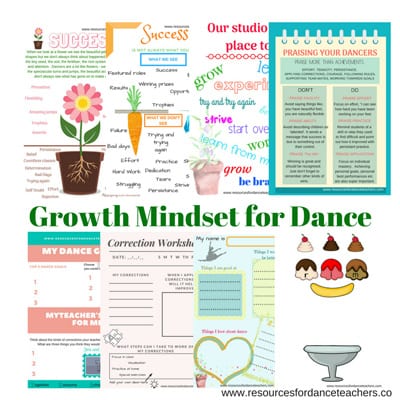
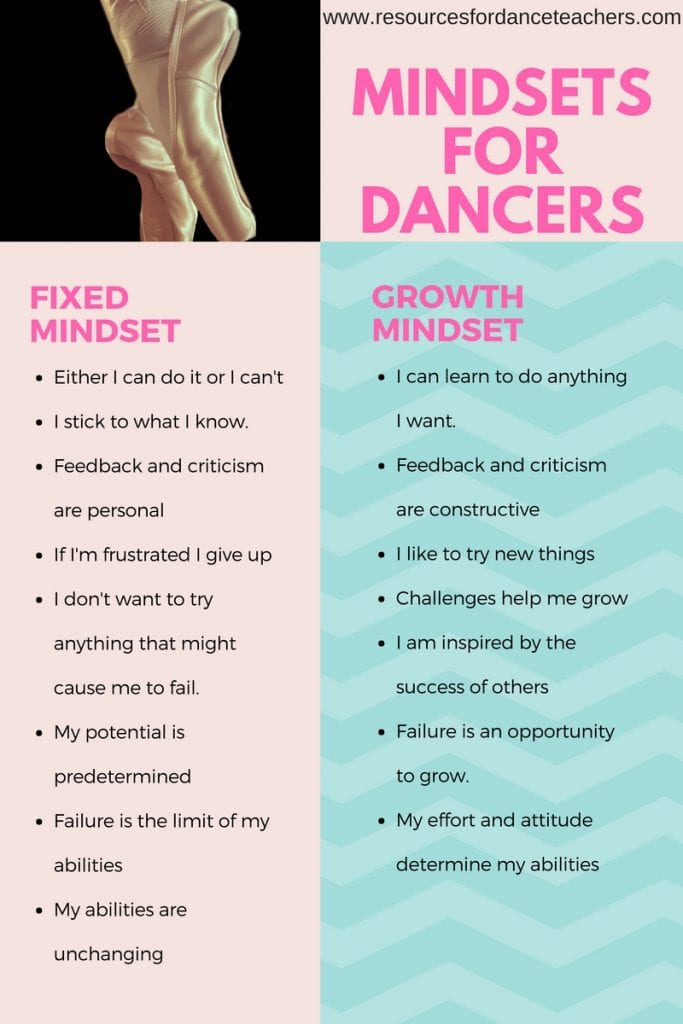
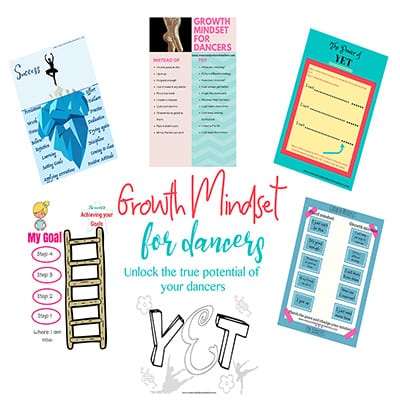


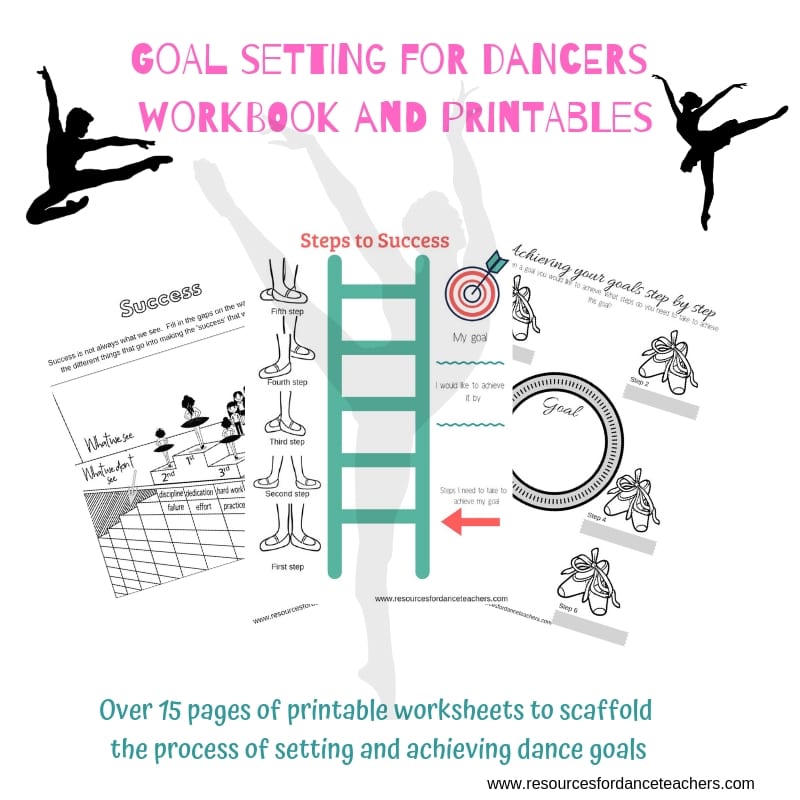
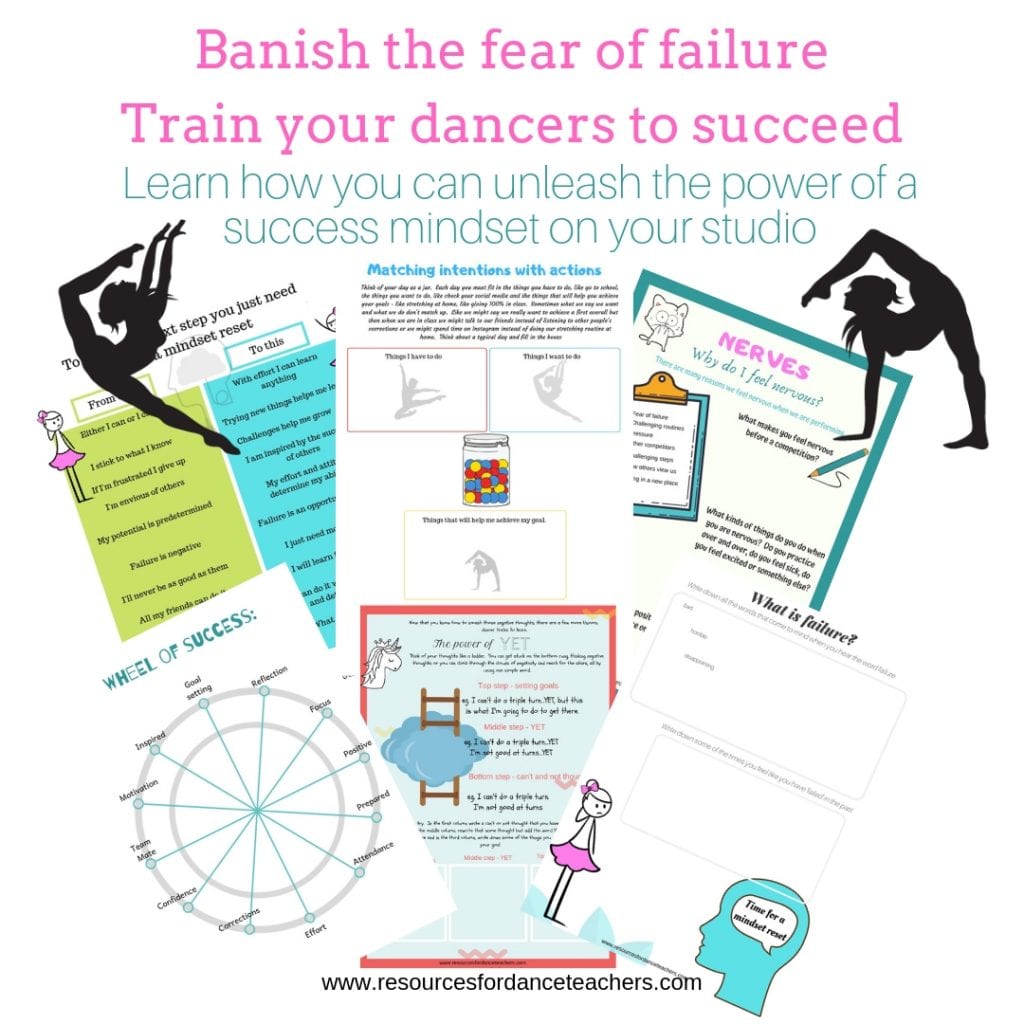
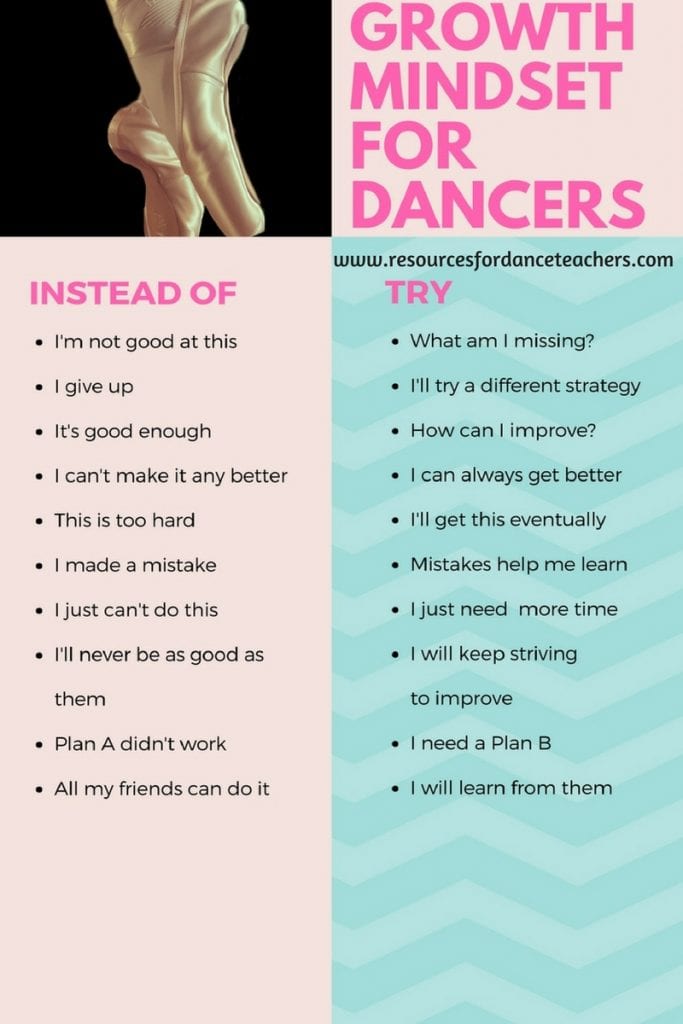
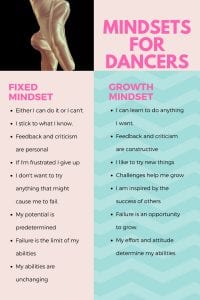
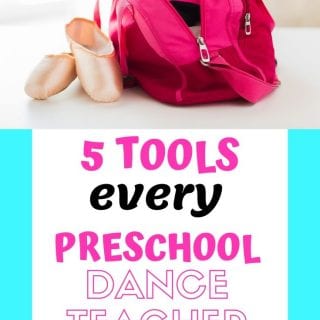
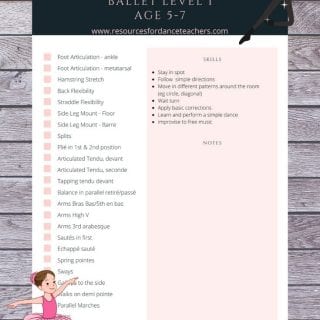
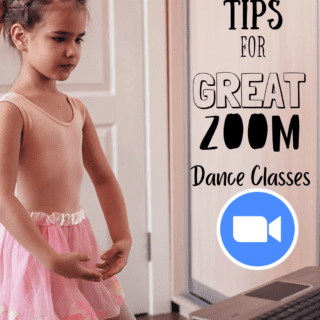
Growth mindset and dance - Praise | World Of Dance
October 8, 2019 at 8:59pm[…] Original Source […]